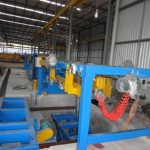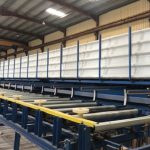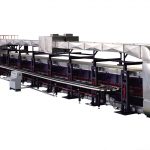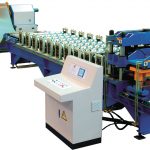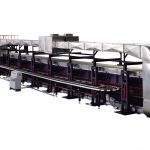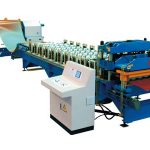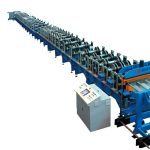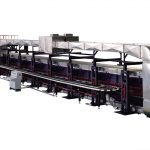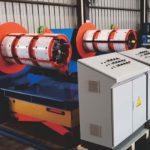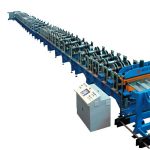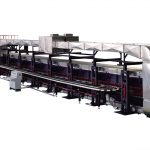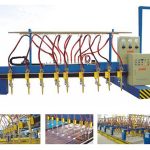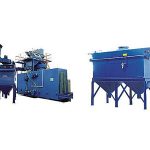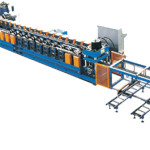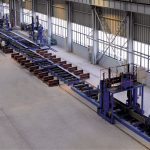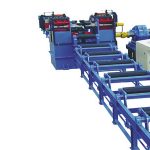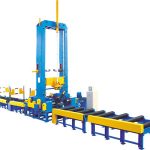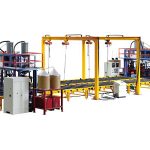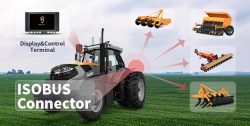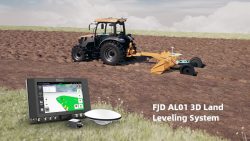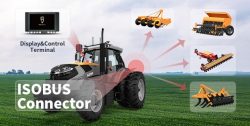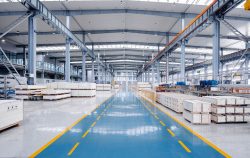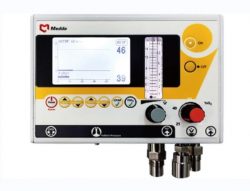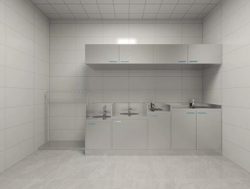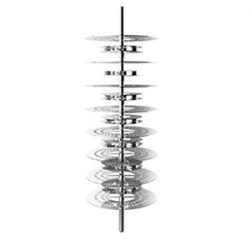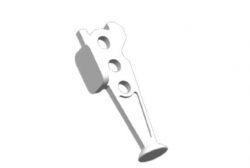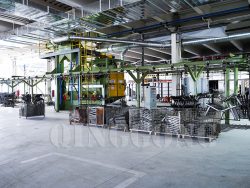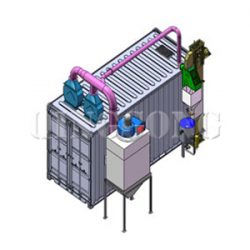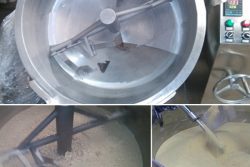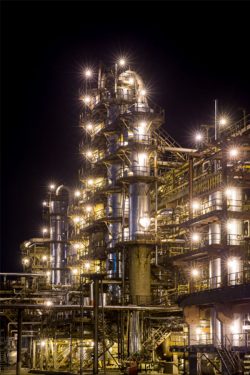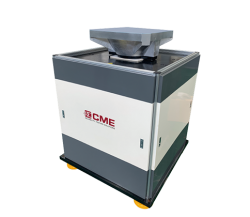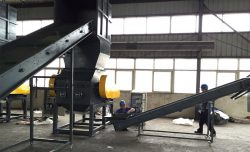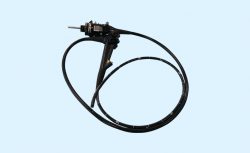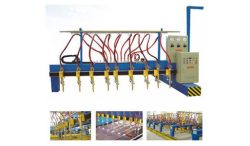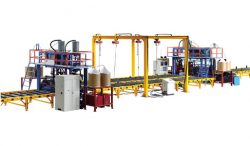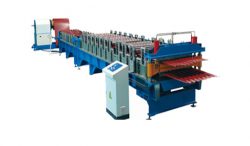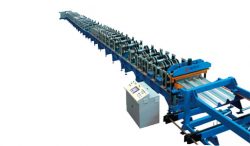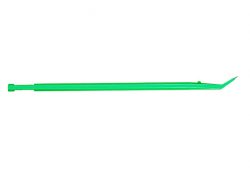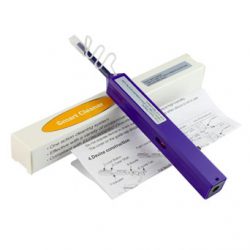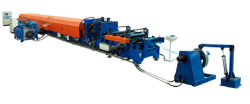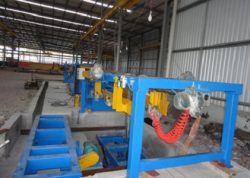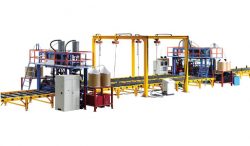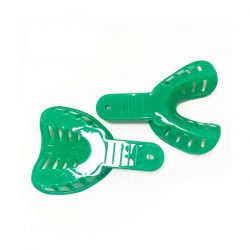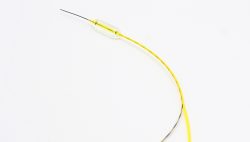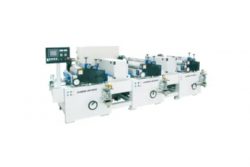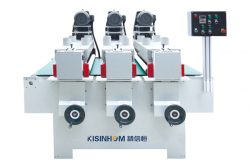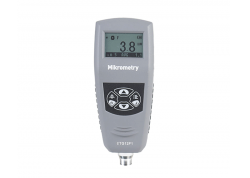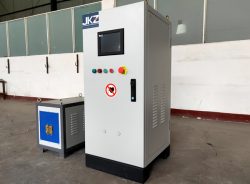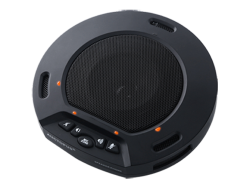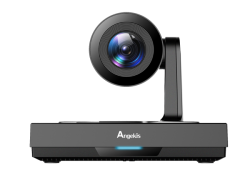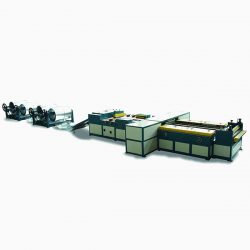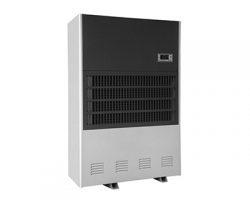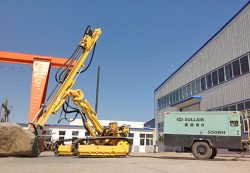Why Are the Prices of Different Roll Forming Machines Different?
For a newcomer or a particularly price-sensitive customer, they find that the equipment structure they see is similar. It is basically composed of racks, rolls, motors, unwinding, cutting, etc., and there is not much difference. In fact, the large price difference is related to several aspects, just like when buying a mobile phone, there are multiple configurations. Then, because of the non-standard characteristics of the roll forming machine, what are the reasons for its price difference?
Ⅰ. The price varies with the degree of automation. The higher the degree of automation, the higher the production cost. Equipment with a high degree of automation requires a longer production cycle, uses more electrical components, and requires longer debugging time and higher after-sales costs. These are directly related to production costs.
Ⅱ. The complexity of the forming section is different from the size and price of the forming section. Generally speaking, the more complicated the forming section, the more troublesome the design, and the more auxiliary parts may be needed. In this case, the number of roll passes of the roll forming machine will increase a lot and the commissioning time will be longer. If the cross-section is too large, the upper and lower rolls will increase exponentially, and the cost thus will also increase exponentially.
Ⅲ. The materials required to be used vary in price. The materials mentioned here mainly refer to the materials used for roll forming machine rolls, punching dies, etc. For example, rolls generally use Gcr15, Cr12, Cr12mov, and even use 25# steel. Different mold materials are used according to the different steel strip materials produced, or to customer requirements, which directly affects the production cost of the equipment.
Ⅳ. There are differences in the prices of appliances that require assembly. Electric appliances such as motors, PLCs, inverters, etc., differ in price for different brands.

